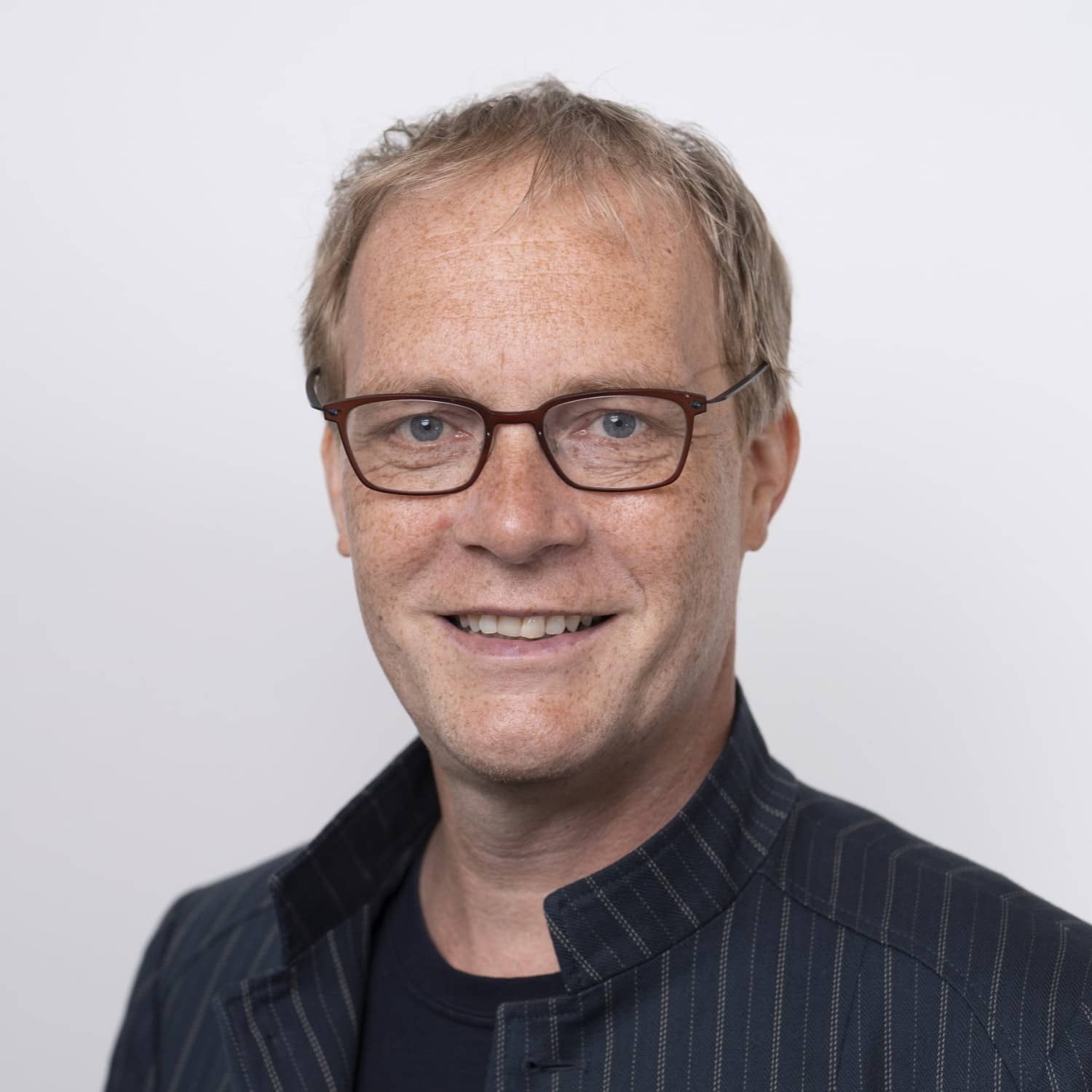Scales to Aspects Interdisciplinary Encounters
The Six Dimensions of Spatial Circularity Transitions
In this video, Alex presents an overview of the six dimensions framework. This is a valuable tool, he argues, in helping you understand the process a region is undertaking towards circularity. It can also help you in your daily practice to identify which aspects of an integral circularity transition you should consider.
Main Takeaways
- The six dimensions of the framework are: [1] the conceptualization of circularity; [2] the material dimension; [3] the applied sustainability frameworks and the transition concepts; [4] the social dimension; [5] the territorial and spatial dimension; and [6] the assessment and monitoring dimension.
- There is no single blueprint for the circular transition: the process is context dependent.
Want to see more examples of the Six Dimensions Framework application? Visit the Circular Design Atlas!
